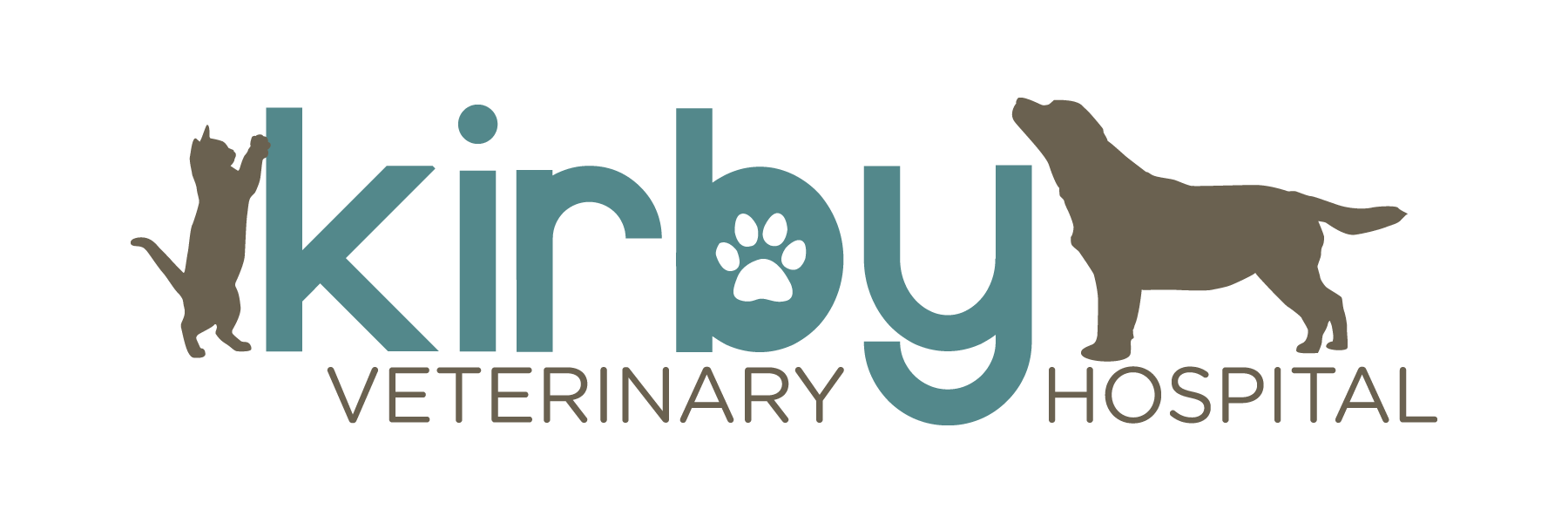Library
-
This handout outlines corneal ulcers in cats, a painful eye condition often resulting from trauma. Other causes, clinical signs, diagnostic testing, and treatment options are also explained.
-
The cornea is the transparent, shiny membrane that makes up the front of the eyeball. With a corneal ulcer, fluid is absorbed from the tears into the stroma, giving a cloudy appearance to the eye. The most common cause of a corneal ulcer is trauma. Less common causes of corneal ulcers include bacterial infections, viral infections, and other diseases.
-
A cough is an expiratory effort producing a sudden, noisy expulsion of air from the lungs. In cats, coughing is most often a sign of an inflammatory problem, affecting the lower respiratory tract, especially some form of bronchitis, often due to an infection. Heartworm infection, allergies, presence of foreign material within the airway, or irritation from inhaled liquids or gases can all be responsible for coughing and respiratory problems in cats. In order to diagnosis the cause, blood tests, laboratory cultures, endoscopic examination, and radiography may be performed. Treatment depends on the diagnosis and your cat's medical condition.
-
This handout outlines cruciate ligament rupture, an orthopedic condition, in cats. The common causes, clinical signs, diagnosis, and treatments are described.
-
No, it is not a Lab with a perm - those fashionable and form-fitting curls are all natural for the aptly named Curly-Coated Retriever. One of the most eye-catching of the sporting breeds, the Curly boasts curls that would take us hours at the hairdresser to achieve, yet the coat maintenance of the Curly is surprisingly simple.
-
Cutaneous histiocytosis is an uncommon condition in dogs. It is a non-cancerous increase in the number of reactive cells (histiocytes) caused by an immune system dysfunction. It generally manifests as multiple bumps and nodules confined to the dog's skin. The clinical signs, diagnosis, and treatment of this condition are explained in this handout.
-
Cuterebra are botflies that spend the larvae stage of their lifecycle within rodent or rabbit hosts and can accidentally infect dogs. They enter through the nose, mouth or a skin wound. They usually develop a cyst under the skin that can be located as it enlarges and often a breathing hole can be seen. The larva (warble) will leave the dog when it is ready to form a pupa but it will often leave behind a secondary bacterial skin infection or abscess in the empty cyst. Rarely, the larva/cuterebra migrate aberrantly through the dog causing inflammation and damage to different tissues, including the brain and eyes, and even potentially cause a severe systemic inflammatory response. Treatment depends on what damage has been done and can include removal of the warble, debridement or removal of the cyst, antibiotics and symptomatic and supportive treatment of the results of aberrant migration. Prognosis is generally good if only the skin is involved. Cuterebra infection can not be prevented easily, so monitoring the dog regularly for signs is important.
-
Cuterebra is the scientific name for the North American rabbit or rodent botfly. Cats are accidental hosts of Cuterebra larvae, and they are rarely evident from external skin inspection. A hole enlarges when the warble has matured, often leading to an infected empty cyst. Treatment depends on when the condition is discovered, and in many cases, antibiotics are used to treat secondary infections.
-
In cats, diseases of the lower urinary tract (bladder and urethra) are often grouped under the term feline lower urinary tract disease (FLUTD). Typical signs in cats with FLUTD are those of inflammation and irritation of the lower urinary tract. There are many potential causes of FLUTD, and diagnosis is based on assessing clinical signs and laboratory testing. There is no universal treatment for FLUTD. Each case has to be investigated to determine the underlying cause, and then the treatment has to be tailored to the individual cat.
-
Cysts are hollow spaces within tissues that contain either a liquid or a solidified material. Some breeds have a tendency to develop certain types of cysts. Accurate diagnosis relies upon microscopic examination of a piece of tissue. The most common treatment for cysts is surgical removal. It is important to prevent your pet from rubbing, scratching, or otherwise bothering the cysts or the surgical site.

